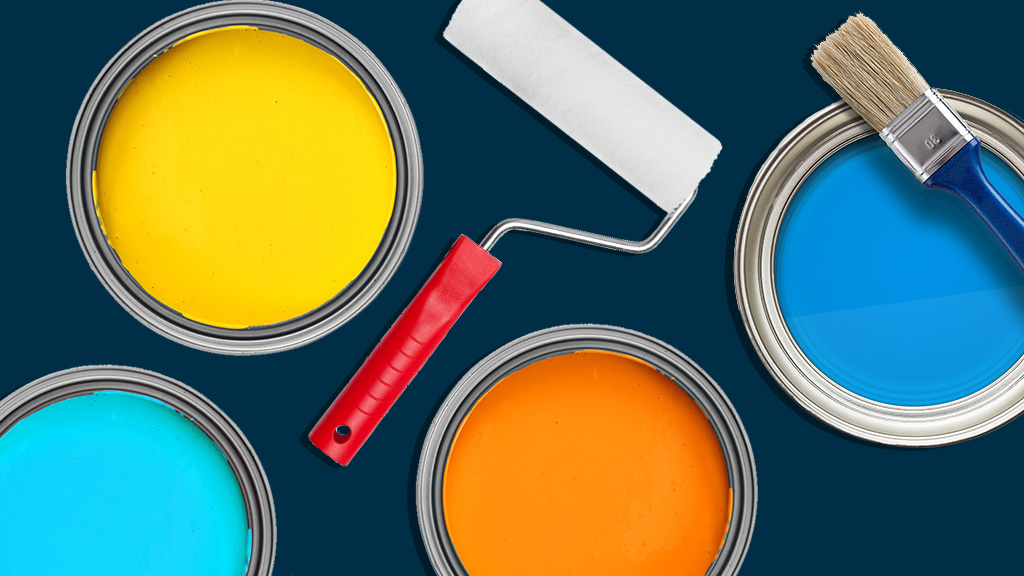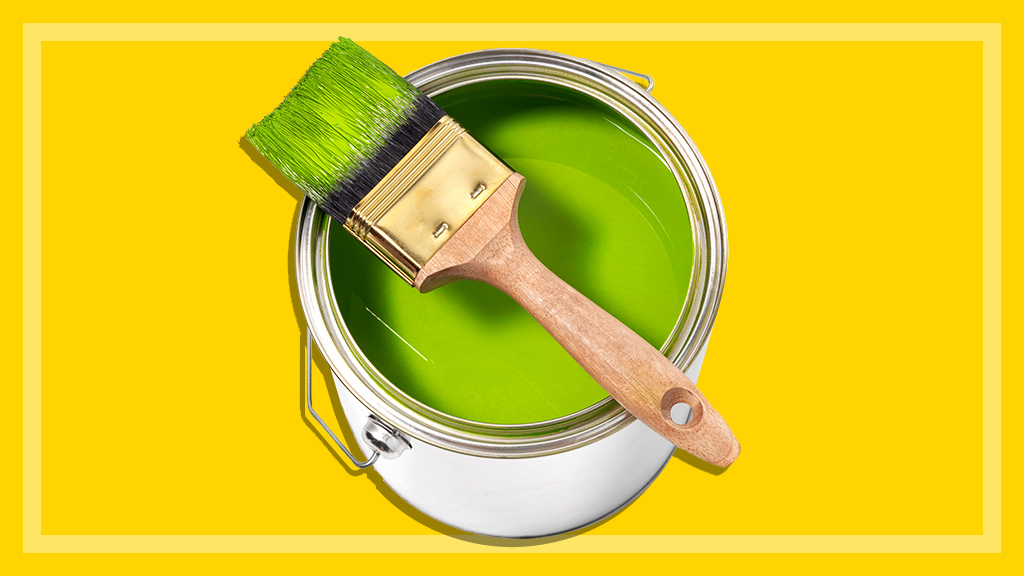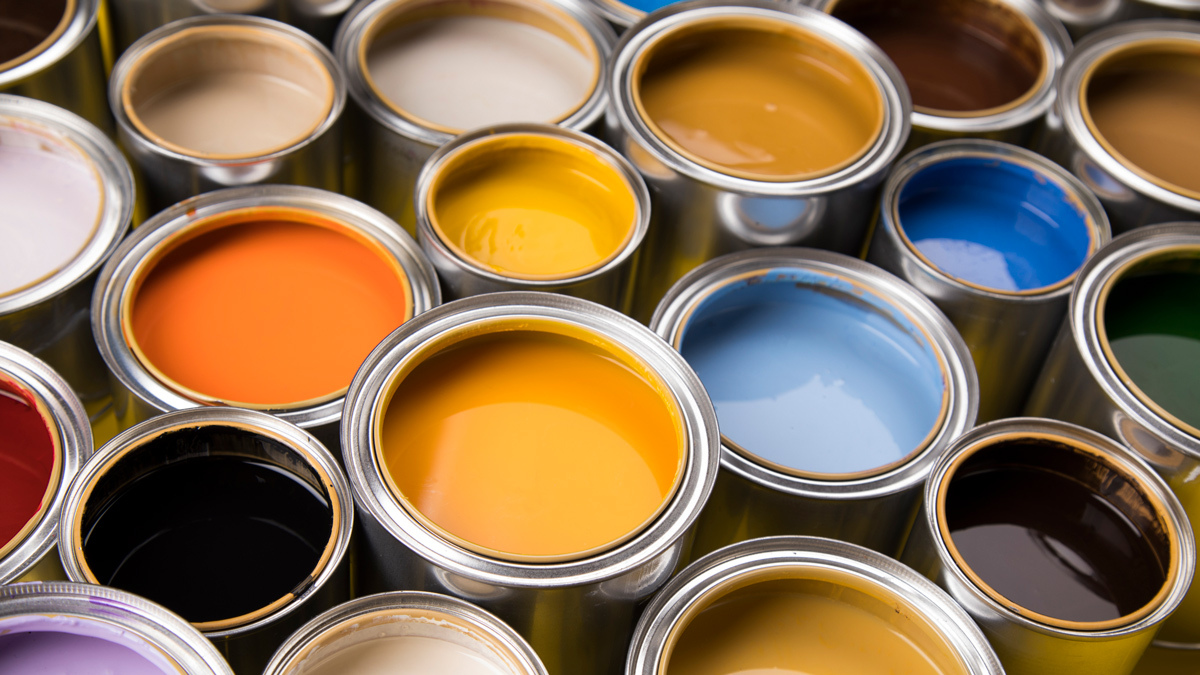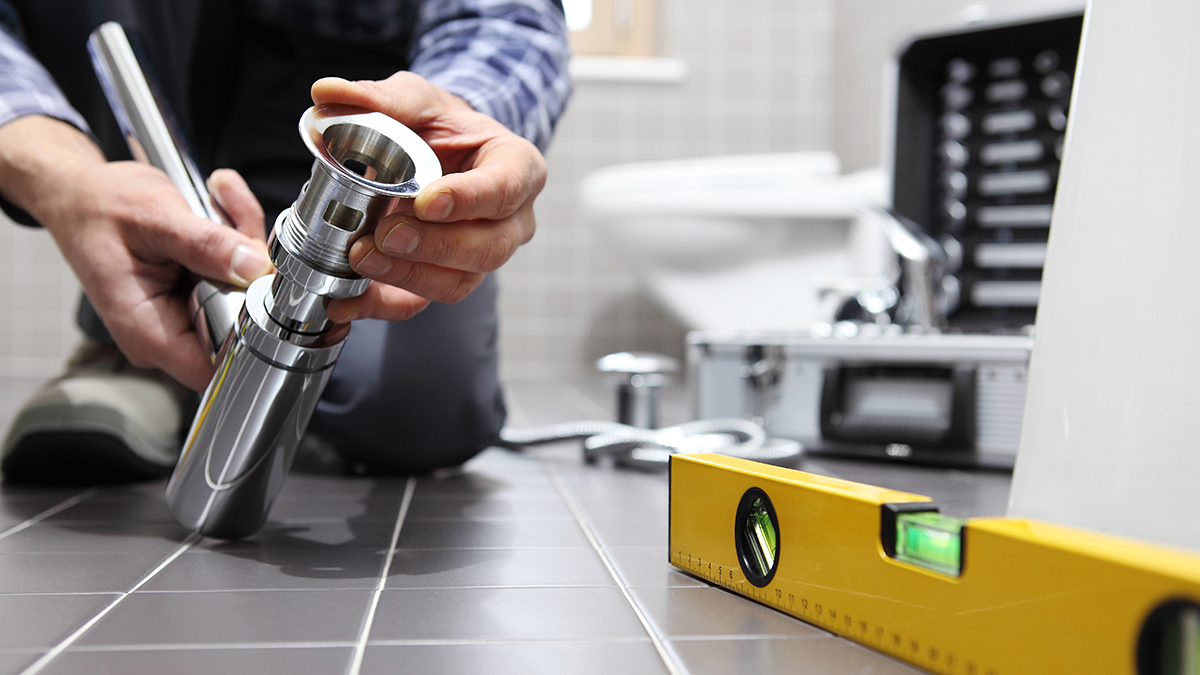Get our independent lab tests, expert reviews and honest advice.
How to buy the best interior paint

There’s nothing like a new coat of paint to brighten up a room; a fresh new colour can totally transform it into a new space. But before you can enjoy the new look, there’s a lot of messy work to be done, and choosing the right paint isn’t easy. One paint may look much the same as another when you’re in the hardware shop, but they can be very different indeed once they’re on the walls.
On this page:
Here are some useful points to know before you hit the hardware stores to ponder the difference between cream, bone, white, off-white, ivory and beige.
Spreading rate
A larger spreading or coverage rate means the can of paint should go further. Most paints claim a maximum coverage rate of 16 square metres per litre, but some claim as low as eight to 10 square metres per litre.
Low odour / low VOCs
The heady odour that paint often gives off is due to volatile organic compounds (VOCs). These are solvents that keep the paint’s complex mixture in solution (or “wet”). Low-sheen acrylic paints such as those in our test don’t generally have particularly high VOC levels. Nevertheless, VOCs are still commonly used in these paints and excessive or repeated exposure can lead to what’s known as “painter’s syndrome” with symptoms such as headaches, dizziness and nausea.
VOCs are absorbed through the skin and lungs and have been linked to skin conditions and diseases of the lung, liver and reproductive organs, and can exacerbate respiratory conditions in asthma sufferers. They also contribute to smog and can affect indoor air quality for several months after the smell has gone.
The good news is that the risk from VOCs to the occasional DIY painter is very small. It’s important to keep the room well-ventilated during painting and for a few days after to let the air clear. Remember also to follow any other safety instructions on the label.
In our paint tests over the past several years, we’ve seen the number of paints claiming zero or low VOC content go from just one (in our 2004 review) to 12 (in 2011), and to 17 in our 2017 review. If you suffer from respiratory problems or find that you’re sensitive to paint fumes, it’s worth looking for a low odour/low VOC or zero VOC paint.
Mould resistant
Paint that claims to be mould-resistant contains an additive to inhibit the growth of mould, mildew and fungus; this is useful in damp parts of the home or if you live in a humid climate. Some paints also claim antibacterial properties, but this is not an important consideration for most homes.
Gloss level
This is basically how shiny and reflective the paint is. As a rule, the higher the gloss, the harder and more durable the paint and the better it will be at resisting stains, scuffs and moisture. Of course, the higher the gloss level, the shinier and more reflective the paint; high gloss paint is too shiny for large areas of wall and ceiling. Note that there are no rigid definitions for these gloss levels and the finishes may vary between brands.
Flat
Very low gloss. Good for hiding minor surface imperfections. For ceilings, and walls in low traffic areas.
Matt (or matte)
Slightly more gloss than a flat paint but similarly good for hiding minor surface imperfections. Suitable for interior walls.
Low sheen
For most interior walls. Generally good stain resistance.
Satin or silk
Slightly glossier than low sheen, and for similar use. May also be usable for bathrooms and kitchens.
Semi-gloss
More stain- and moisture-resistant and easier to clean. For hallways, kitchens, bathrooms, doors and trim.
Gloss
Very stain- and moisture-resistant and easy to clean. For furniture, doors, bannisters, trim, kitchens and bathrooms.






